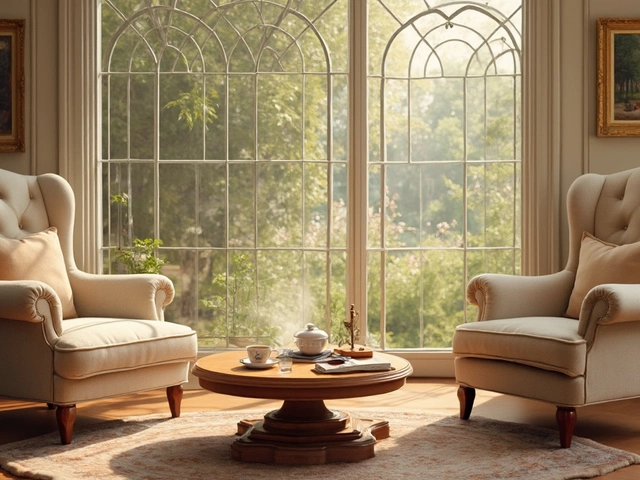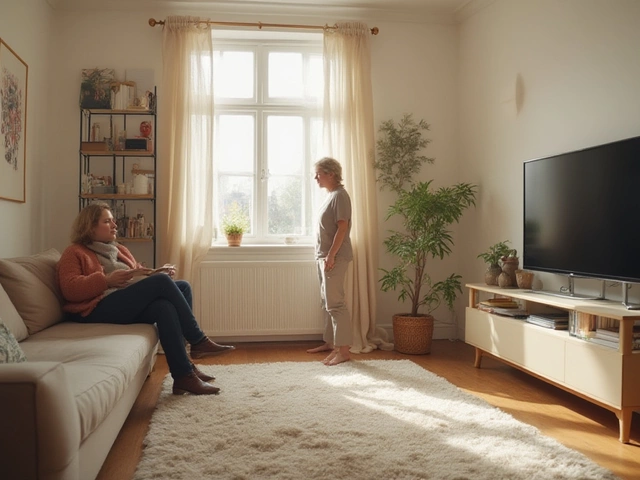Buying Furniture Made Simple: What You Need to Know
Thinking about a new desk, chair or sofa? You don’t have to guess. A few clear steps can help you pick pieces that last, fit your space and keep your wallet happy.
When Is the Best Time to Buy?
Price drops aren’t random. In the UK the cheapest months are usually January, July and November. Retailers clear out old stock after the holidays, during mid‑year sales and around Black Friday. Mark those months on your calendar, and you’ll often find 20‑30% off the same models you’d see at full price later.
Spotting Quality Without Breaking the Bank
Quality starts with the frame. For chairs and desks look for solid wood or reinforced steel – avoid cheap particle board that bends under weight. Check the joints; dowels, metal brackets or mortise‑and‑tenon connections are signs of sturdiness. For sofas, a hardwood or metal frame, plus eight‑way hand‑stitched springs, means the piece will hold up for years.
Upholstery matters too. Natural fabrics like cotton, linen or leather breathe better than synthetic blends, but they need a tight weave. If you have kids or pets, a tightly woven microfiber or a removable, washable cover is a practical choice.
Don’t forget ergonomics. A good office chair should have adjustable height, lumbar support and a tilt mechanism. If the seat feels too soft, the cushioning will flatten fast. Test it by sitting for a few minutes – you should feel supported, not sinking.
Smart Ways to Save Space
Limited room? Look for multi‑functional furniture. A desk with built‑in shelves, a bench that doubles as storage, or a sofa with hidden compartments can cut the need for extra pieces. Even simple wall‑mounted shelves free floor space and keep the room feeling open.
When you’re short on budget, consider buying a quality core – like a solid table – and adding budget accessories later. A sturdy table will hold up for decades, while cheaper chairs can be swapped out as needed.
What About Online vs In‑Store?
Online shopping gives you more price options, but you lose the chance to test comfort. If you’re buying a chair, order from a retailer with a free return policy and try it at home for a few days. For sofas, look for video reviews that show the piece from multiple angles and check the fabric feel through close‑up photos.
In‑store shopping lets you feel the material and check the build quality right away. Combine both: browse online for price comparisons, then visit a showroom to confirm the feel before you buy.
Final Checklist Before You Click ‘Buy’
- Know the best buying months – January, July, November.
- Inspect the frame: solid wood or metal is a must.
- Check joint types – dowels, brackets, mortise‑and‑tenon are strong.
- Test ergonomics: adjustable seats, proper lumbar support.
- Consider multi‑functional pieces to save space.
- Read return policies, especially for online orders.
Follow these steps and you’ll walk away with furniture that looks good, feels right and won’t empty your bank account. Happy buying!





